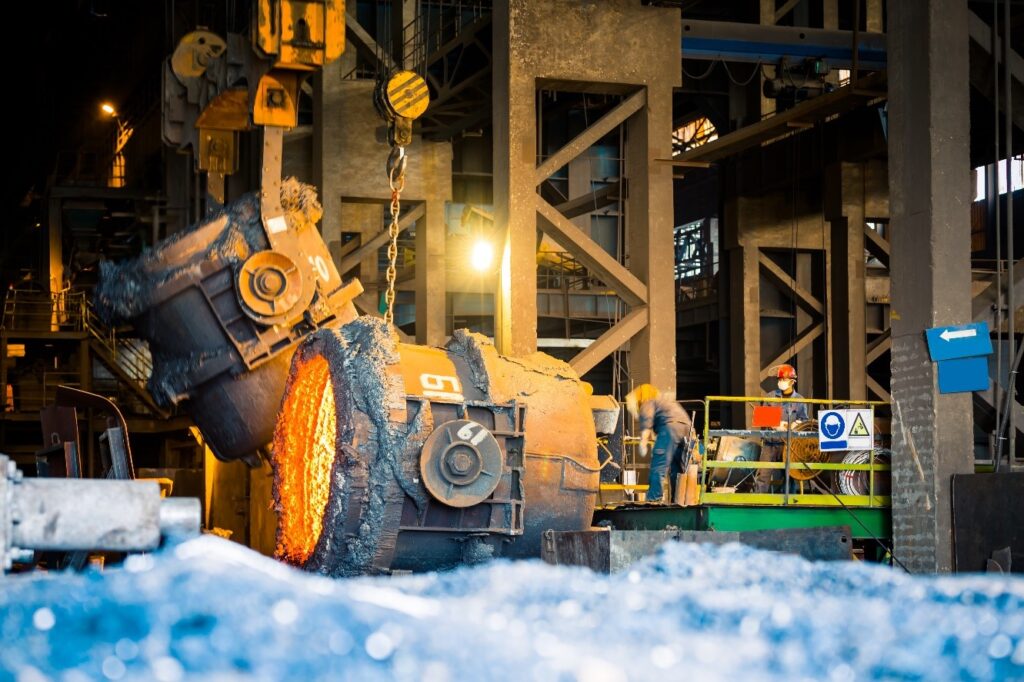Discover how digital twins in manufacturing deliver real-time insights and utilize predictive analysis to change the game. From reducing costs to enhancing efficiency and preventing failures, these virtual replicas drive optimized asset performance and long-term success. Read on to learn more.
Introduction
Digital twins have revolutionized the manufacturing landscape. These virtual replicas of physical assets, systems, or processes offer unmatched insights. By simulating real-world scenarios, they help manufacturers achieve optimized asset performance. This capability improves efficiency, reduces costs, and enhances production quality.

How asset performance is optimized through digital twins in manufacturing
As a manufacturer, why would you want to employ digital twin for your assets? It’s because optimized asset performance achieved through a digital twin ensures machines and systems operate at their best. Digital twins do this by continuously monitoring equipment in real time. Sensors installed on physical assets capture key data points like speed, pressure, and temperature. This data flows into the digital twin, enabling precise analysis and optimization.
Example: Imagine a high-volume production line. Each machine in the line has a digital twin. The twin identifies an imbalance in a conveyor belt, affecting product alignment. Maintenance teams quickly resolve the issue, restoring perfect operation. This proactive adjustment ensures smooth production without costly disruptions.
Achieving optimized asset performance requires both real-time and historical data. Real-time data identifies immediate issues, while historical trends uncover long-term patterns. Digital twins analyze both, offering actionable insights to enhance system performance. For example, a twin may detect that a machine consistently underperforms at high speeds. Adjusting the speed restores efficiency and prevents unnecessary strain.
Another key advantage is process optimization. Digital twins simulate different operational scenarios to test potential improvements. For instance, manufacturers can model changes in workflow or energy usage without disrupting production. These simulations reveal the best configuration for maximum output.
Energy efficiency is another benefit of optimized asset performance. Energy-intensive systems, like heating or cooling units, often consume more resources than necessary. Digital twins monitor these systems to identify inefficiencies. Adjusting settings based on data can lower energy consumption and reduce costs.
Consider a manufacturing plant with several industrial furnaces. Digital twins track temperature fluctuations and energy usage patterns. They recommend adjustments that save hypothetically, 15% on energy costs annually. These savings benefit both the environment and the company’s bottom line.
Optimized asset performance also extends equipment life. Machines operating at peak efficiency experience less wear and tear. Digital twins detect performance declines early, prompting timely interventions. Regular optimizations reduce the likelihood of breakdowns and extend asset longevity. For example, a company using automated robotic arms can monitor torque levels with digital twins. When torque exceeds safe thresholds, the twin suggests modifications. These adjustments prevent damage, keeping the robotic arms functional longer.
Enhanced performance contributes directly to product quality. Consistent machine operation produces uniform products with fewer defects. Digital twins play a critical role in maintaining these standards. They provide detailed reports on process stability, ensuring high-quality outputs.
Manufacturers adopting digital twins for optimized asset performance report significant financial benefits. Improved efficiency reduces downtime and operational costs. Better energy management results in lower utility expenses. Extended asset life minimizes capital investments in replacements. Investing in this technology requires effort but delivers substantial returns. Implementing digital twins involves installing sensors, integrating data systems, and training personnel. However, manufacturers recover costs quickly through enhanced productivity and savings.
Conclusion
Optimized asset performance is more than a technical goal—it is a competitive advantage. In today’s fast-paced manufacturing world, companies must maximize efficiency to stay ahead. Digital twins offer the tools to achieve this with precision and reliability.
In conclusion, optimized asset performance highlights the transformative power of digital twins in manufacturing. By ensuring machines run at their best, manufacturers unlock new levels of productivity and cost savings. As competition grows, investing in digital twins becomes essential for long-term success.
To ensure highly efficient assets, you too can transform your operations with digital twin solutions like Asset Performance X (APX). To learn more, talk to our experts.




